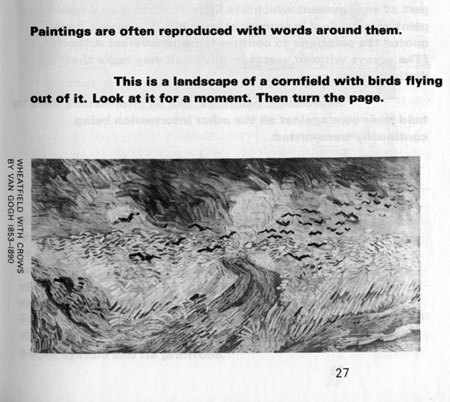

Berger also touches on the fact that paintings can be easily manipulated- a few reasons why is that there is no unfolding of time in paintings, just the one frame a painting's interpretation can be changed if it is accompanied by music and rhythm and the meaning of an image can be changed depending on what you view after or beside it.īecause of the camera and the fact that any original piece of work can be photographed, copied, and placed virtually anywhere in the world, paintings have lost something. This messes with the "value" of the painting. He also talks a lot about how most original paintings have been recreated, copied, and distributed across the globe. The invention of the camera changed perception of the world- it changed not only what we see but how we see it. Berger touches on the idea that beauty is in the eye of the beholder, and this makes the eye the center of the visible world.
#John berger ways of seeing 1972 series#
The videos "question the assumptions usually made about the tradition of European paintings" (1) The first episode in the series draws on Walter Benjamin's The Work of Art in the Age of Mechanical Reproduction, and the idea that the reproduction of art such as paintings separates the piece's modern context from the context of which the piece was created.

All those vacation vistas are #landscape art-historically speaking, #beachday pics evoke the hoariest cliché of middle-class leisure iconography… Technology has so democratized image-making that it has put the artistic power once mainly associated with aristocrats-to stylize your image and project yourself to an audience as desirable-into everyone’s hands.Ways of Seeing is a four part BBC video series, created by John Berger and producer Mike Dibb in 1972. Isn’t it striking that the most-typical and most-maligned genres of Instagram imagery happen to correspond to the primary genres of Western secular art? All that #foodporn is still-life all those #selfies, self-portraits.
#John berger ways of seeing 1972 update#
(It was Berger’s reaction to Kenneth Clarke’s Civilisation series, which had a more traditional view of Western art.) At the momest, all of the episodes are available on Youtube:įor a fun update on Berger for the social media age, see Ben Davis’s essay: “ Ways of Seeing Instagram”: Here’s an example from the book:īecause I first discovered it in book form, it took me a while to even realize that it was based on the 1972 BBC series of the same name.

One of the things Berger’s work taught me early on was the power of captions: How simply changing the text underneath an image radically altered the image’s message. He identified cinema’s ability to move from expansive vistas to close-up shots as that to which he most related and aspired. In conversation with the novelist Michael Ondaatje he remarked that the capabilities of cinematographic editing had influenced his writing. (I drew this map in 2008.)īerger was a hero in my person pantheon of “ writers who draw”:īecause he had been a painter, Berger was always a visual thinker and writer. I’m reading John Berger’s last published book, Confabulations, and it’s reminding me what an impact his book, Ways of Seeing, had on me when I first read it a decade ago.


 0 kommentar(er)
0 kommentar(er)
